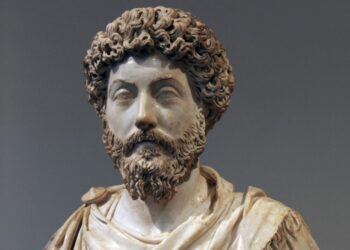A jet engine is a type of internal combustion engine that is used to power aircraft. It works by sucking in air through a intake at the front of the engine, compressing the air in a compressor, mixing fuel with the compressed air, and burning the mixture in a combustion chamber. The hot gases produced by the combustion process are then expanded through a turbine, which drives the compressor and generates thrust.
Jet engine can be either of two types; Turbofan and Turbojet. Turbofan engines, which are most common in commercial airliners, have a large fan at the front of the engine that helps to suck in air and provide additional thrust. Turbojet engines, on the other hand, rely solely on the hot gases produced by the combustion process to generate thrust.
Here’s how a jet engine works.
1. Air intake
The air intake at the front of the engine is designed to slow down and smooth out the incoming air. This helps to reduce the amount of drag on the engine and also to prevent the engine from ingesting foreign objects. The air intake also includes a series of vanes that help to direct the airflow into the engine.
2. Compressor
The compressor is typically made up of multiple stages of spinning blades, called rotors and stators. The rotors are attached to a shaft that is driven by the turbine, and the stators are stationary blades that are attached to the engine’s housing. As the rotors spin, they compress the air by forcing it to flow through the increasingly smaller spaces between the blades. This increases the pressure and temperature of the air.
3. Combustion chamber
The hot, compressed air from the compressor is mixed with fuel in the combustion chamber. The fuel is typically injected into the combustion chamber through a series of nozzles. The mixture is then ignited, causing a controlled explosion. The hot gases produced by the explosion are forced out of the back of the engine, generating thrust.
4. Turbine
The hot gases from the combustion process then flow through a turbine, which is connected to the compressor by a shaft. The turbine is made up of multiple stages of spinning blades, similar to the compressor. As the hot gases flow through the turbine, they spin the blades, which in turn drive the compressor and generate thrust.
5. Exhaust nozzle
The hot gases from the turbine are expelled through the exhaust nozzle at the back of the engine. The nozzle is designed to help direct the flow of gases and increase the thrust of the engine. The nozzle can also be adjusted to provide additional thrust during takeoff and other high-performance maneuvers.
Conclusion
Overall, a jet engine works by sucking in air, compressing it, mixing it with fuel, and burning the mixture to produce hot gases, which are then expanded through a turbine to generate thrust. The design of the jet engine is optimized to provide the most efficient performance while also meeting the specific requirements of the aircraft it is designed to power.




































































































































































































